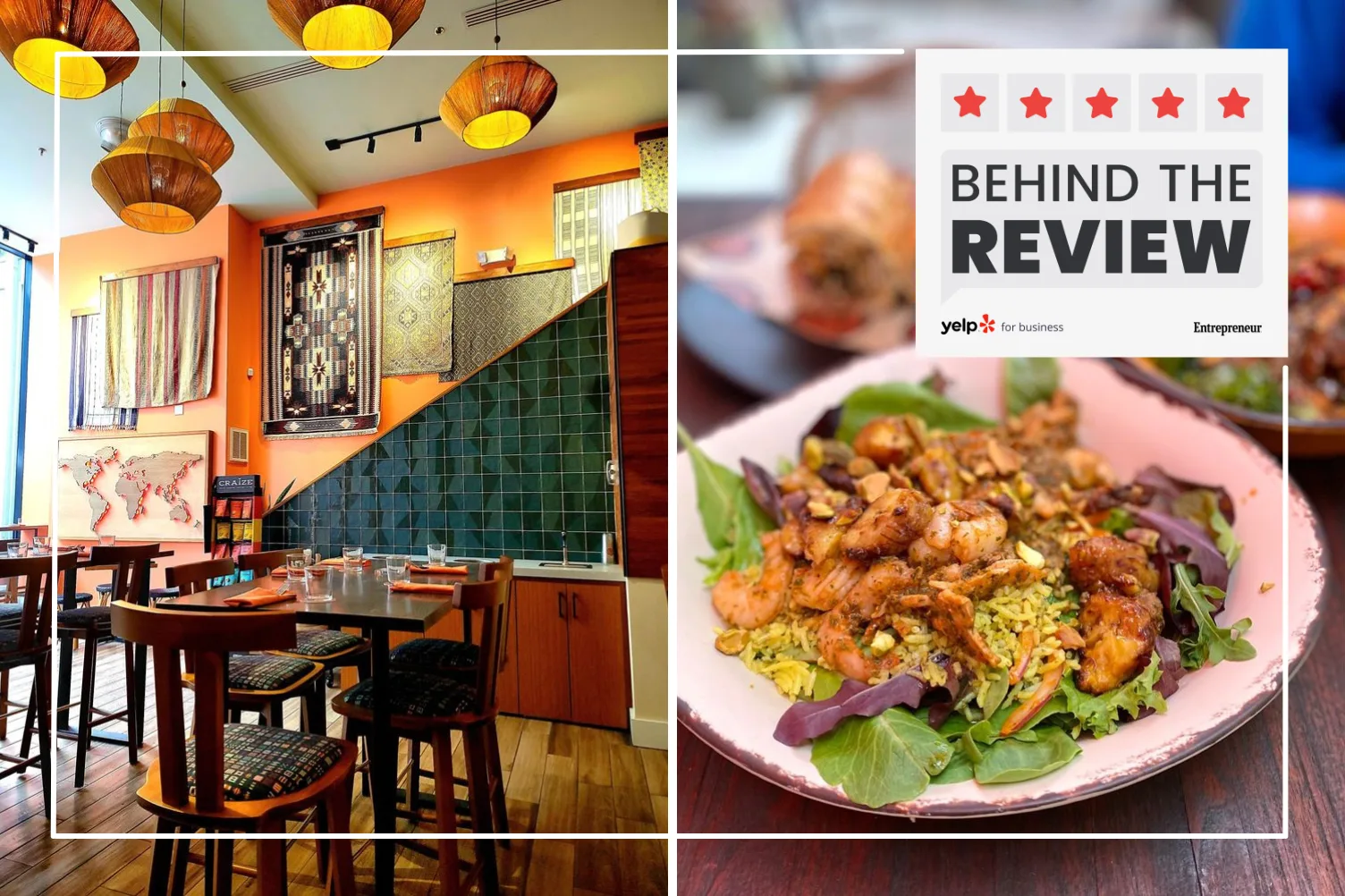5 ways to use your small business platform for good

Founded in 2019, Immigrant Food has four locations in the Washington, D.C., area, including one right across from the White House. It’s an apt setting for a business dedicated to celebrating the contributions of immigrants, who are an essential part of the United States’ story.
The idea for a restaurant company championing immigrant flavors came to co-founder Téa Ivanovic in 2019, amid a wave of bigoted, anti-immigrant rhetoric. “Both [co-founder Peter Schecter and I] are immigrants, and we just didn’t recognize the country that we were in. So we wanted to do something really tangible to try and be a small part in that fight against that intolerance,” Téa said.
Immigrant Food not only hires immigrants and serves global flavors, but also dedicates much of its online platform and physical space to non-governmental organizations (NGO) serving immigrants. “We wanted to have the social cause integrated in the business model, not just take a portion of our profits and donate it,” Téa said.
Not every local business has the ability to make such a widespread impact on a social issue, but there are many simple ways to use your platform for good. Below, Téa shares five ideas for integrating your advocacy efforts with your business model, from partnering with local non-profits to designing an “engagement menu” to motivate others.

1. Display an ‘engagement menu’ alongside your product or service menu
“People care about social justice. They want to do something, but they’re busy with their lives. So we made it very easy for them. We created this thing called an engagement menu. It’s five ways that you, as a guest coming to the restaurant, can engage with the community, whether it’s a donation, a volunteering opportunity, signing a petition, or even just listening to a podcast. It changes every Sunday. It’s literally next to the food and the drinks menu [in the restaurants]. It’s also a QR code on the tables and is sent out on our social media and newsletter.”
2. Uplift non-profits doing the work in your local community
“We work with five incredible, immigrant service NGOs. They are the ones that do the work. They are the ones in the trenches—providing social services, legal services, housing services—so we want to shine a light on what they do. We share a space at no cost whenever they need it for volunteer trainings or English classes. We also hold panel events [with them] where… people can have dinner and learn about this issue.”
Pro tip: Use Candid’s non-profit directory to look for non-profits in your local area and find information on their missions, programs, and results.
3. Live your values by supporting your team’s career growth

“[Creating a positive workplace] is something that is incredibly important to Peter and I. It’s at the core of who we are and what we do: 99% of our staff are immigrants, so people felt immediately that connection to the values of the brand.
“In addition to providing paid sick leave, paid parental leave, and paying people well—which we do—people want to work in a place where they feel like the brand represents who they are. I hope and believe that’s why [Immigrant Food’s] turnover is very low. People end up growing in the company and then take on bigger and bigger roles.”
4. Integrate advocacy into your social media feed
“On social media every month, we do infographics and videos where people can learn about this issue, while at the same time, salivating over a big burger that we just posted. We try to really integrate it into the business model.
“[Just remember to] be authentic. When we do a letter from the founders, we personally write it and make it really heartfelt. When we post something like a behind-the-scenes picture of some of our staff members, that gets the most likes. When you try to make it too curated, people see right through that.”
5. Pay homage to your cultural roots or inspiration
“Immigrants are innovators. They’re the driving force in our economy. That’s what we want to show with our physical spaces—we want to show the tapestries of cultures.
“Our chef [Enrique Limardo] created [what] he called the ‘spider web of flavors’ and literally listed out the ingredients, spices, and flavors from different immigrant populations in the U.S. We started making connections—like rice is eaten obviously in Asia, but it’s also eaten in West Africa and Central America. We then tried to layer on flavors on top of that to create something that is different from what you’ve tried, but at the same time has components that remind you of home.”
These lessons come from an episode of Behind the Review, Yelp & Entrepreneur Media’s weekly podcast. Listen below to hear from Téa, or visit the show homepage to learn about the show and find more episodes.


